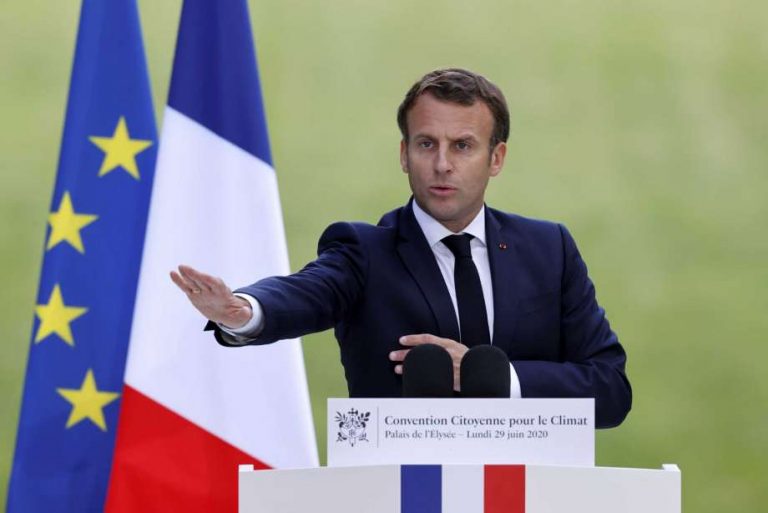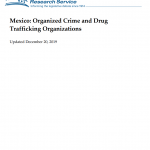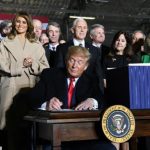In June, France and Germany announced new steps in the economy that address combating climate change. These decisions are strategic and could turn things around not only in the EU, but throughout the world for decades to come.
In France, the Citizens’ Convention on Climate introduced 149 environmental initiatives to the French president. They refer to the institutional changes, for example, a proposal to include a provision on combating global warming in the Constitution and introduce articles on “ecocide” into the legislation. But most of the proposals relate to the economic policies.
For example: a ban to advertise large cars like SUVs; to decrease the maximum speed on French motorways from 130 to 110 kmph; efforts to boost the purchase of environmentally friendly cars; new “dirty” cars sale ban starting from 2025; the entry-ban for any “dirty cars” into the city-centers; to impose a new 4% tax on stock dividends to finance the environmental transition; to reduce public ad spaces and ban the billboards in the streets, heating terraces and lighting stores at night; to cut the use of pesticides in half by 2030 and outlaw the most dangerous ones by 2035; to boost taxes on ultra-processed foods; to ban the GMO seeds.
President Macron welcomed almost all the proposals developed by the Citizens’ Convention on Climate to boost the environmental transformation in France. He rejected just some of them as for the tax hikes and the maximum speed decrease. Now the proposals will be transformed into a bill the parliament will discuss in September. Some efforts will enter the government’s economy restart plan after the coronavirus pandemic. All told, France will allocate 15 billion euros for the ecological transformation of the economy and establish a special fund for the ecological transformation of the economy as part of a plan to revive the country’s business life after the COVID-19 pandemic in the next two years, Macron claimed.
The German government has agreed on a long-awaited “National Hydrogen Strategy” worth € 9 billion. It includes 38 political, legislative, tax and financial actions, represents a large-scale plan to support environmentally friendly hydrogen technologies in various fields: electricity, moto and rail transport, ferrous metallurgy, petrochemicals, aviation. Meanwhile, the paper is designed to provide high demand and new markets for German engineering. Germany is set to be marketed as a dominant “green” hydrogen technologies supplier to the world market. The domestic market is slated to be captured actively by 2023, and the trend is planned to be stepped up within the country in 2024–2030, while internationalizing the process of transition to hydrogen.
Both France and Germany made these steps almost side by side. Other national governments are to make such steps as well. The reasons are the following.
Those who criticize the Paris Agreement and the European national governments’ way forward to implement the environmental policy argue that such steps make no sense as the environmental standards and restrictions are ignored by the leading world economies, most notably China. That is not exactly this way amid new reality, however. Today, the environmental policy is tied with an action plan to overcome the economic crisis triggered by the pandemic. Three basic principles – energy consumption cut, new product standards and new technologies – do everything to ensure that it fits into the canvas of a throughout economic breakthrough.
The EU market is vitally important for all players, the U.S., China and Russia among them. Its travelling standards that cover a wide range of products from energy to food, will change the global market. If France moves forward to not consuming the products grown by standards requiring significant use of crop-protection agents, the suppliers will have to change policies within their countries to meet the new challenges of an important market. If Germany refuses significant volumes of Russian gas, the Russian Federation may either eventually lose the most important market or cross over to supply “green” hydrogen, using only German technology and absorbing the products of the German machine-building complex. Such countries as China and Vietnam will also have to adjust their production in view of the travelling trends for quality standards. Consequently, future transformation will affect both developed technology suppliers that will shift gears of technological structure, and states that act as energy and food raw material bases, and manufacturing states as well.
New standards will make an impact on mass consciousness around the world. If France plays ball with eco-activists and adopts the action plan developed by these people, the similar processes will stir up in other states. Amid strong influence of information space and social networks on politicians and national states, this will trigger a “knock-on effect”. First of all, it may affect those of the American continent.
New environmental policy doubling down new technologies might widen the gap between developed countries and the rest of the world further. The third world countries will ultimately find their way into technology recipients and raw materials base. Therefore, many of the states that are boosting today and aspire to something more than just suppliers of raw materials or “manufacturers” will try to gain access to new technologies to meet their needs. By no means all of them have sufficient resources, however, and what is more, financial capacity to use even more expensive technologies so far, that will become much cheaper in a few years. Thus, a “green economy” race is likely to be projected over the coming decade. Those national governments that succeed in forming the right strategy will get additional options for a leap forward.




